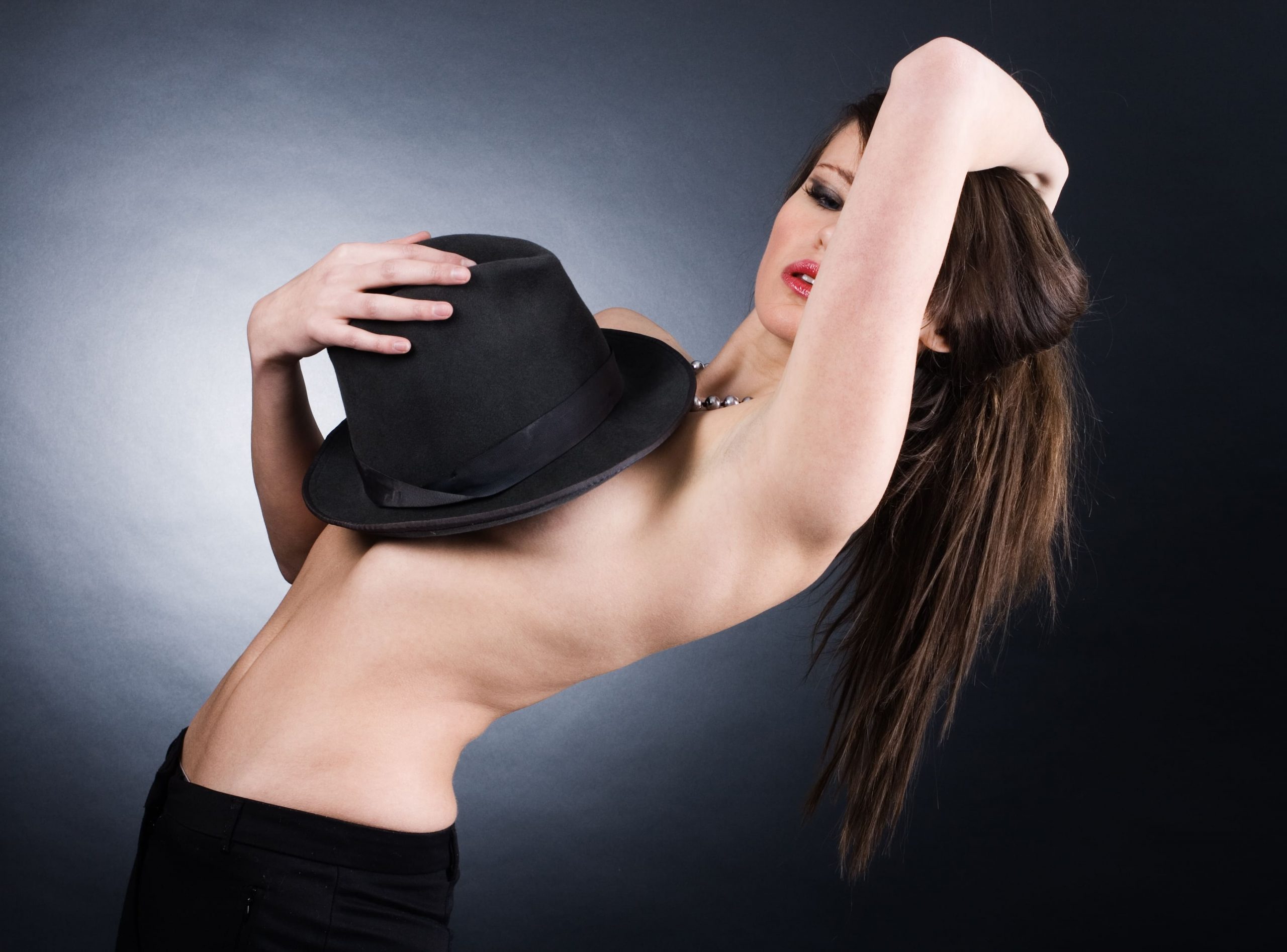Go-Go Dancers: Who They Are and What They Really Do

Go-go dancers are bright, energetic, and always in the spotlight! What do we usually think of them? That they dance all night, party hard, and attract everyone’s attention? That they wear daring outfits and keep the dance floor alive? But behind the glamorous picture of nightlife lies a lot of hard work, discipline, and skill to captivate an audience. This article will lift the curtain and show you that it’s not as simple as it seems.
Go-Go Dancing: A Real Profession
A go-go dancer is, first and foremost, a professional performer. It’s not just “a girl with a hot body shaking her hips.” Her role is to set the mood, bring the crowd out of their shells, and inspire them to dance. This is not striptease — it has no explicit erotic content, just drive, charisma, and visual impact. As dancers say: “If there’s a stage or a cage — I’m on it or in it.”
Main Responsibilities of a Go-Go Dancer
The key mission is to dance in a way that makes the audience join in. But it’s much more than just moving to the music:
- Grab and hold the crowd’s attention
- Fire up the room so people want to dance with you
- Look confident and attractive all night
- Be ready to dance to any music, even if it’s not your style
- Team up with the DJ and MC to match the vibe of the event
Go-go dancers also take part in choreographed shows, corporate events, and promo shoots — their image becomes part of the club’s marketing.
Requirements for Go-Go Dancers
People often think the most important thing is a model body and youth. Yes, girls under 30 are in higher demand because audiences expect “fresh faces.” But personality is just as crucial — charisma, confidence, and a real passion for the stage.
You need physical and emotional endurance:
- Dance multiple sets per night
- Stay sober, positive, and balanced
- Maintain your fitness through training and proper diet
- Take constant care of your body and skin — stage makeup can be harsh
Your look matters too — bright hair, edgy accessories, or tattoos can all become part of your stage persona.
Experience is a big advantage. Many clubs prefer working with professional dancers who also teach or run their own studios. But even without experience, strong motivation can be enough to get started in this profession.
Where Go-Go Dancers Work
- Nightclubs and bars
- Concerts and festivals
- Corporate events
- Promotional campaigns
- Shows and artist performances
In major cities, go-go dancing is a whole industry: crews work with promoters and DJs, create themed shows, and tour festivals. Some dancers build their own projects, combining club work with teaching dance or fitness.
Pros and Cons of the Job
For years, society had a narrow, stereotypical view: “just girls in underwear partying for easy money.” Many thought it was not a job at all, just fun and chaos.
Reality is very different — a go-go dancer is a performer who puts in serious effort to make everything look effortless on stage.
Challenges:
- Dancing in uncomfortable costumes and high heels, often under dim light
- Wearing costumes that may not fit perfectly and still smiling through discomfort
- Staying in top shape through training and meal planning
- Managing skin care and recovery after heavy stage makeup
- Always staying high-energy, no matter how tired you are
Advantages:
- Artistic expression: creating looks, performing in shows, competing
- Many dancers have professional choreography training and even run their own studios
- Backstage life is far more disciplined than stereotypes suggest — think water with lemon and books, not alcohol and drugs
- Go-go is a lifestyle that values health, discipline, and growth — not just reckless partying
Today, the profession is evolving: random party girls are being replaced by trained performers. Standards are rising, and those who still see go-go as “easy fun” are surprised at how demanding it is. But that’s the art: if the audience thinks the dancer is having the time of her life — she’s doing her job perfectly.






















